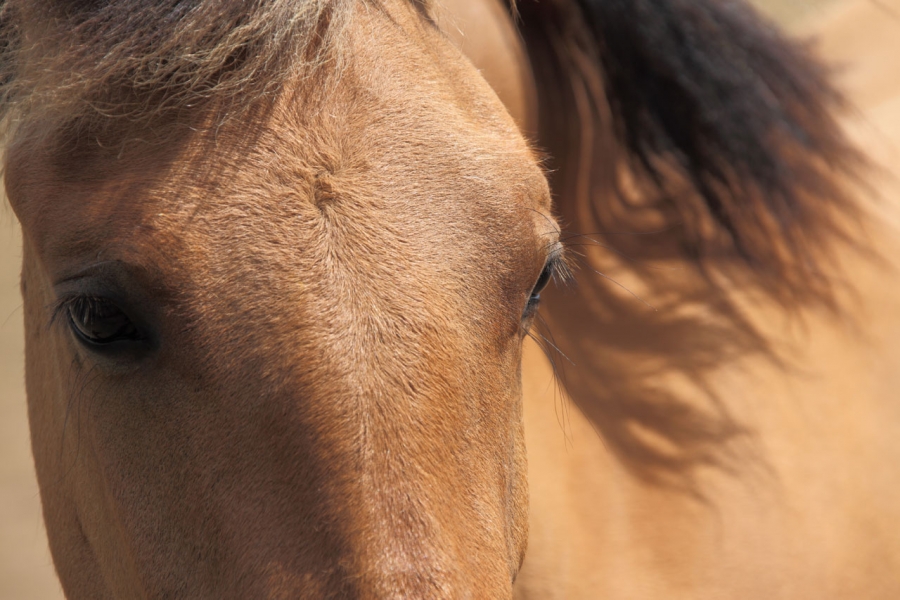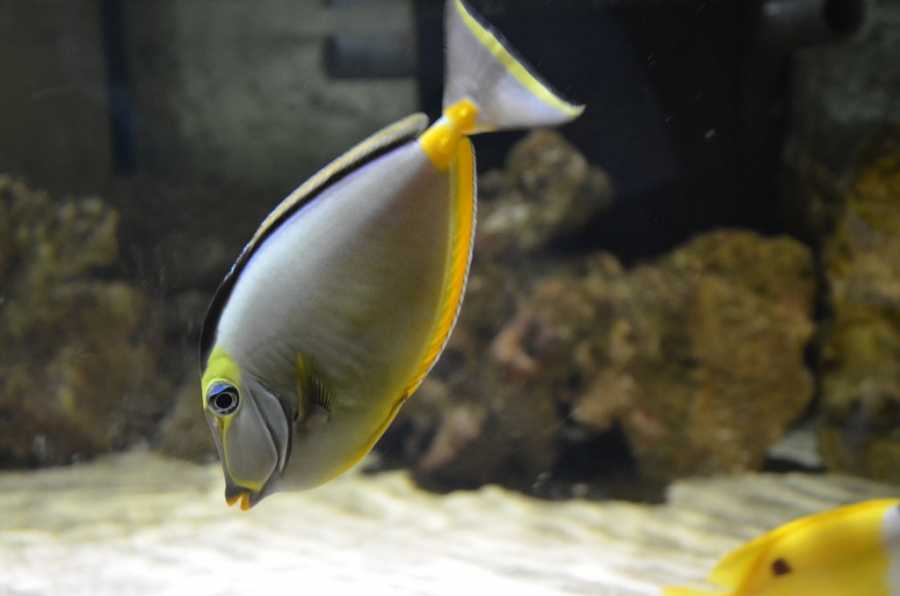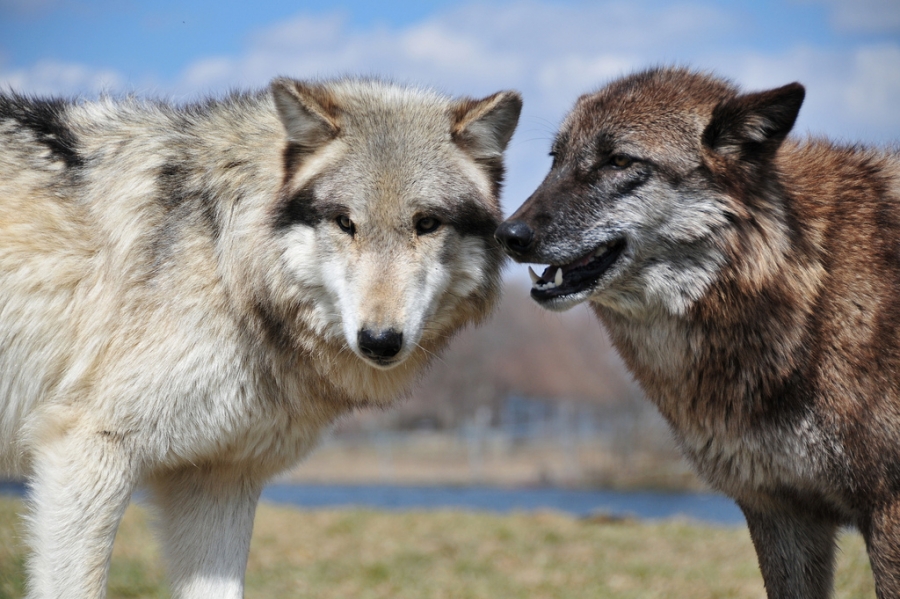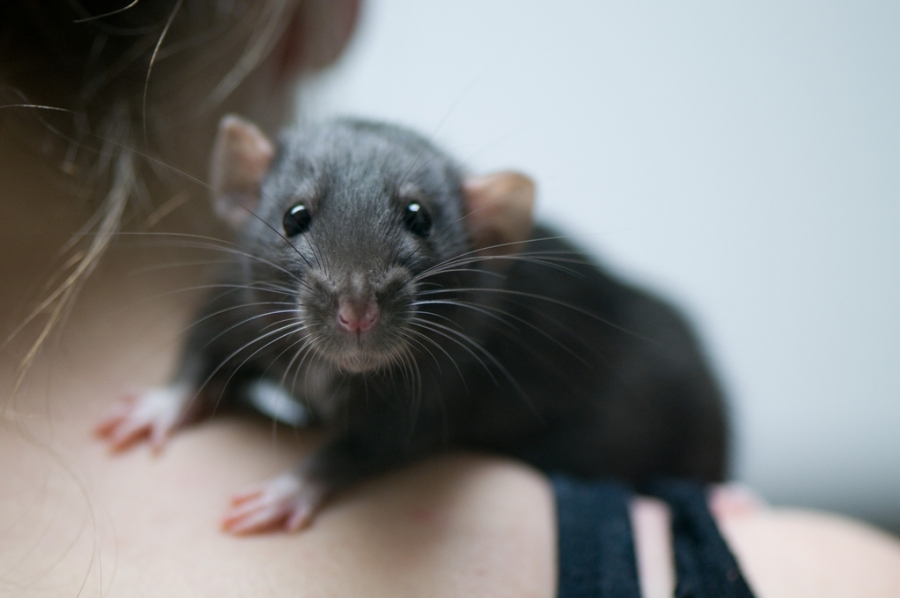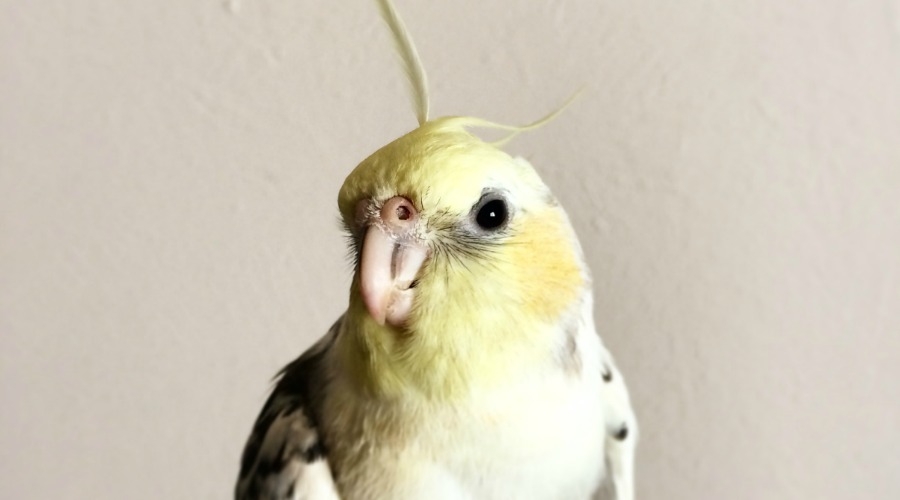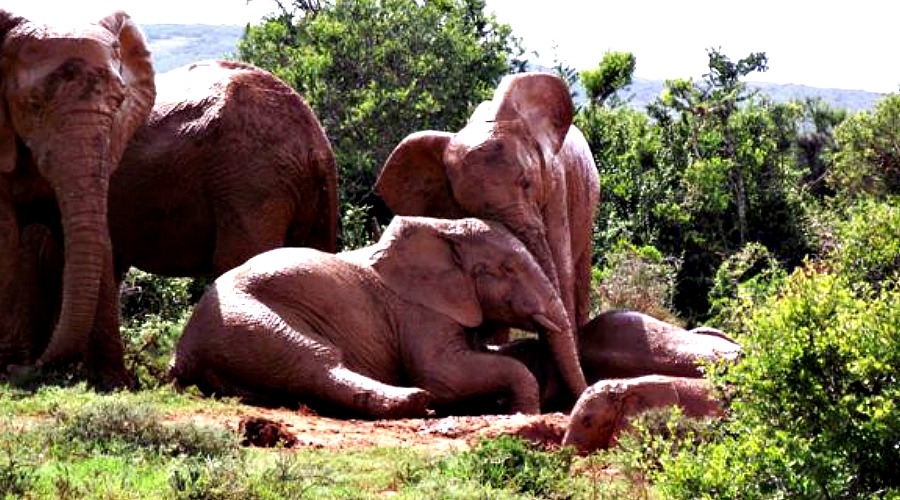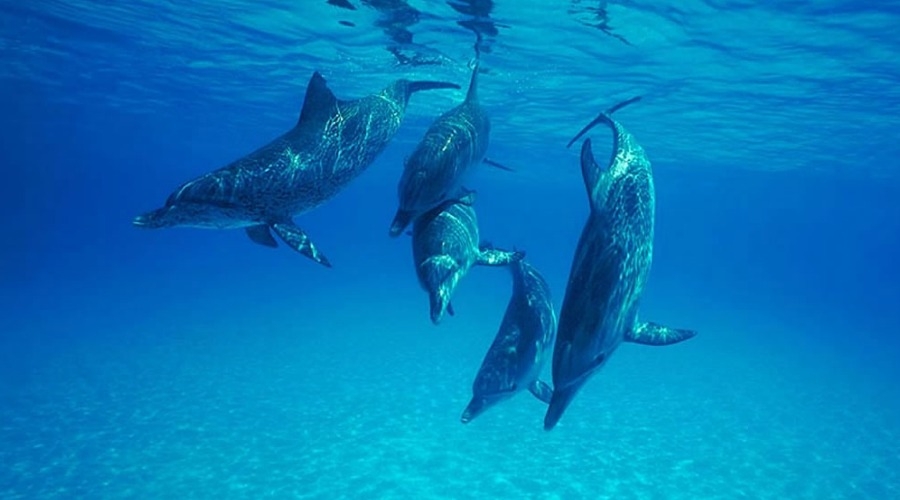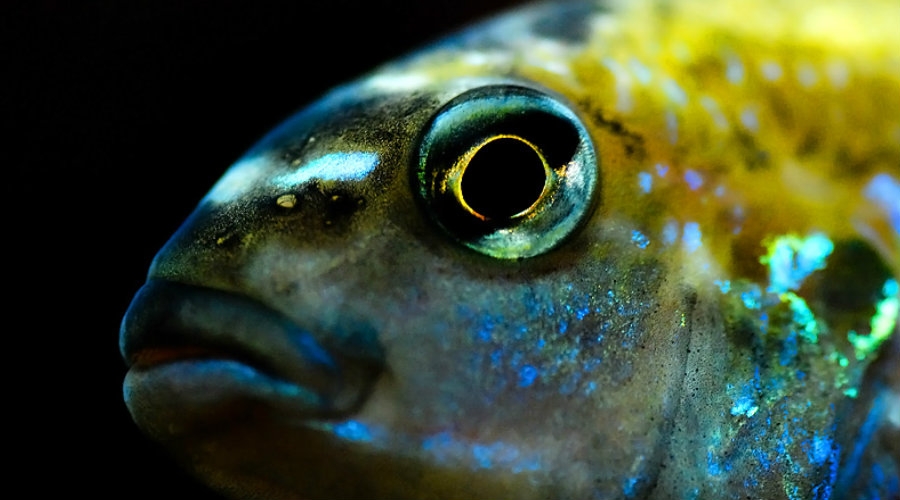On 'The Science of It', World Animal Net's Jessica Bridgers will scour the scientific literature and keep you up to date on published scientific articles covering topics ranging from animal sentience to animal welfare. Science can be a powerful tool for advocates, but all too often the lines of communication between science and advocacy are broken. This blog looks to fill that void.
For anyone who has spent much time around either dogs or horses, two species with a long history of companionship with humans, the news of recent weeks probably comes as no surprise.
Fish Friendships Facilitate Foraging Opportunities
Written by Jessica BridgersFor the first time, scientists have observed a species of fish that literally “watches each others’ backs” while foraging. Coral reef rabbitfishes foraging in pairs were found to forage in a unique manner: one fish forages head down in the coral reef, while the fish’s partner stands watch, head up, scanning the surroundings for threats.
During the past months I've received many books about the cognitive and emotional lives of nonhuman animals (animals). I've reviewed many of them, and the latest, Beyond Words: What Animals Think and Feel (the Kindle edition can be found here) by award-winning scientist and writer Carl Safina, is one of the best and I'd like simply to inform readers about this excellent book that contains numerous facts and compelling stories about a wide array of the fascinating animals with whom we share our magnificent planet.
Three Times Animal Sentience Made the News This May
Written by Jessica BridgersAt World Animal Net, we define sentience in our forthcoming Model Animal Welfare Act as the capacity to perceive or feel things--more specifically, sentient beings share with us consciousness, feelings, emotions, perceptions – and the ability to experience pain, suffering, fear, distress and states of well-being. Animal sentience is a major underpinning for nearly all the philosophies that explain why animals and their interests deserve consideration and flies in the face of traditional Western views of animals as “automatons” who feel no pain and do not suffer, and consequently are “things” that humans can do with as they like. While animal advocates have long been criticized for their views as being based in passion and not rationality, science is now confirming what advocates have always known.
Rats Understand & React to Facial Expressions of Other Rats, but What About Birds?
Written by Jessica BridgersSeveral years ago, while working on my undergraduate degree in biology, I took a course in vertebrate zoology. This course required the rote memorization of hundreds of traits about both extinct and extant (still living today) families of vertebrates, from the solemnly repulsive hagfish to our familiar and celebrated mammals. One of the traits that was listed for our memorization was that birds do not possess facial expressions.
What Do Elephants, Rats, and Ravens Have in Common? Empathy.
Written by Jessica BridgersWe are all familiar with the feeling of empathy. We feel sad when our friends and family are sad, and we share their happiness when they are happy. But is empathy a trait unique to humans?
Smoke and Mirrors: Three Things You Should Know About the Mirror Self-Recognition Test
Written by Jessica BridgersAs a species, humans like to draw lines and we like concrete categories that help us navigate the world around us. We see animals no differently. We like to draw categories which help us determine what our responsibility to the animal in question is, and often the less these categories impinge on preexisting uses and perceptions, the more likely they are to be accepted.
The Science behind the UN's Recognition of Culture in Cetaceans
Jessica BridgersOn Sunday, November 9, after 6 days of deliberation, the United Nations has moved to protect a number of species under the Conservation of Migratory Species (CMS) international treaty. Notably, the UN also officially recognized the existence and importance of culture in cetaceans, which includes whales, dolphins and porpoises, by adopting a resolution to include cultural considerations when planning cetacean conservation measures. This decision will also create a scientific advisory group to look at the issue more closely.
Quiz: How Well Do You Know What That Fish Is Thinking?
Jessica BridgersFishing is an enormous industry. The Food and Agriculture Organization of the United Nations (FAO) estimated that in 2012, global production of fish (including crustaceans and mollusks) reached 158 million metric tons. Approximately 91 million metric tons came from wild capture, a number that has remained relatively constant since 2006. Roughly 67 million metric tons come from aquaculture, or the industrial farming of fish. This number, unlike that for captured fish, has nearly doubled since 2003!

